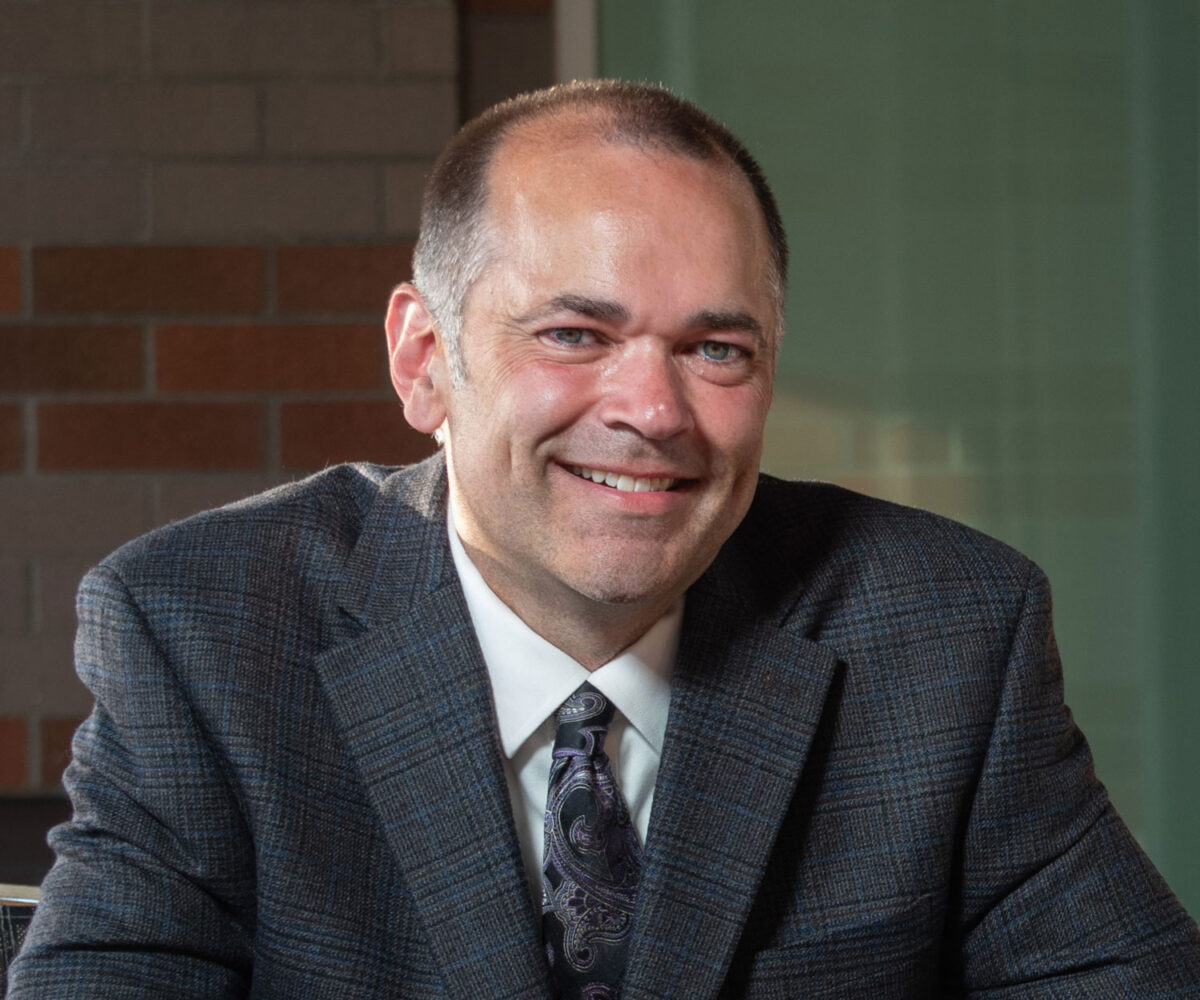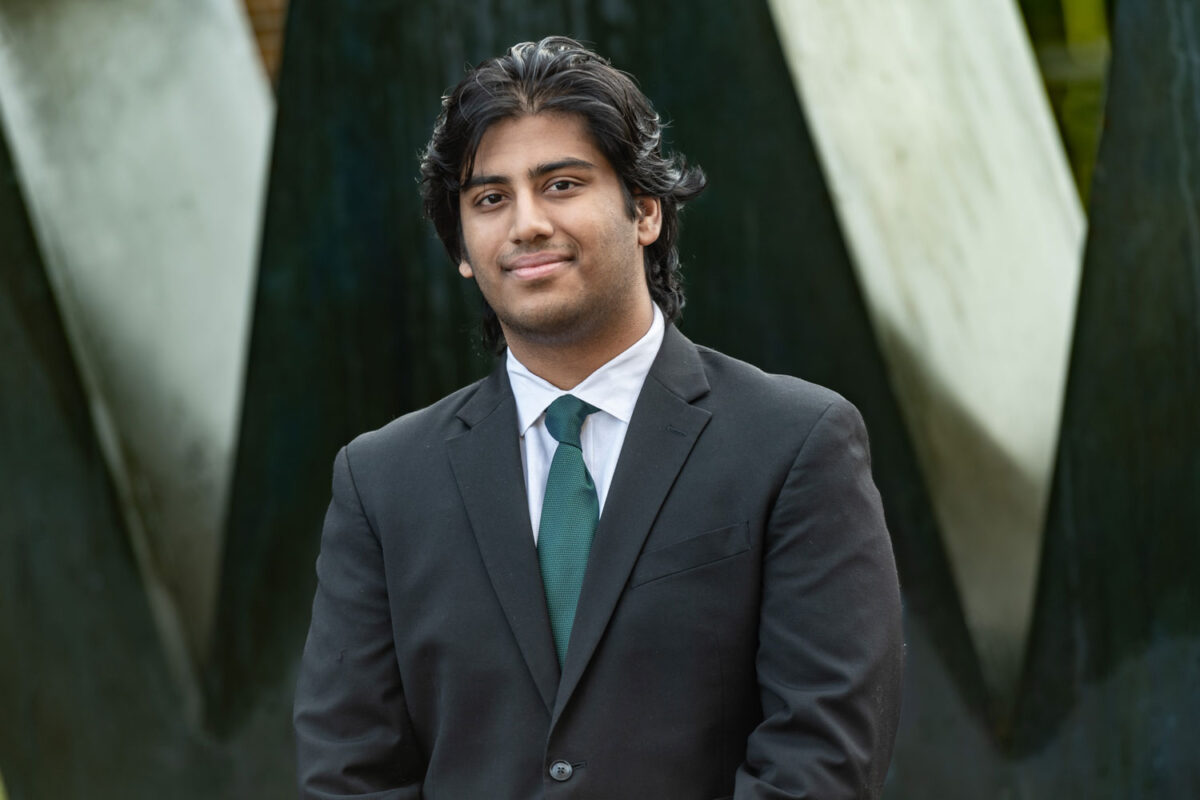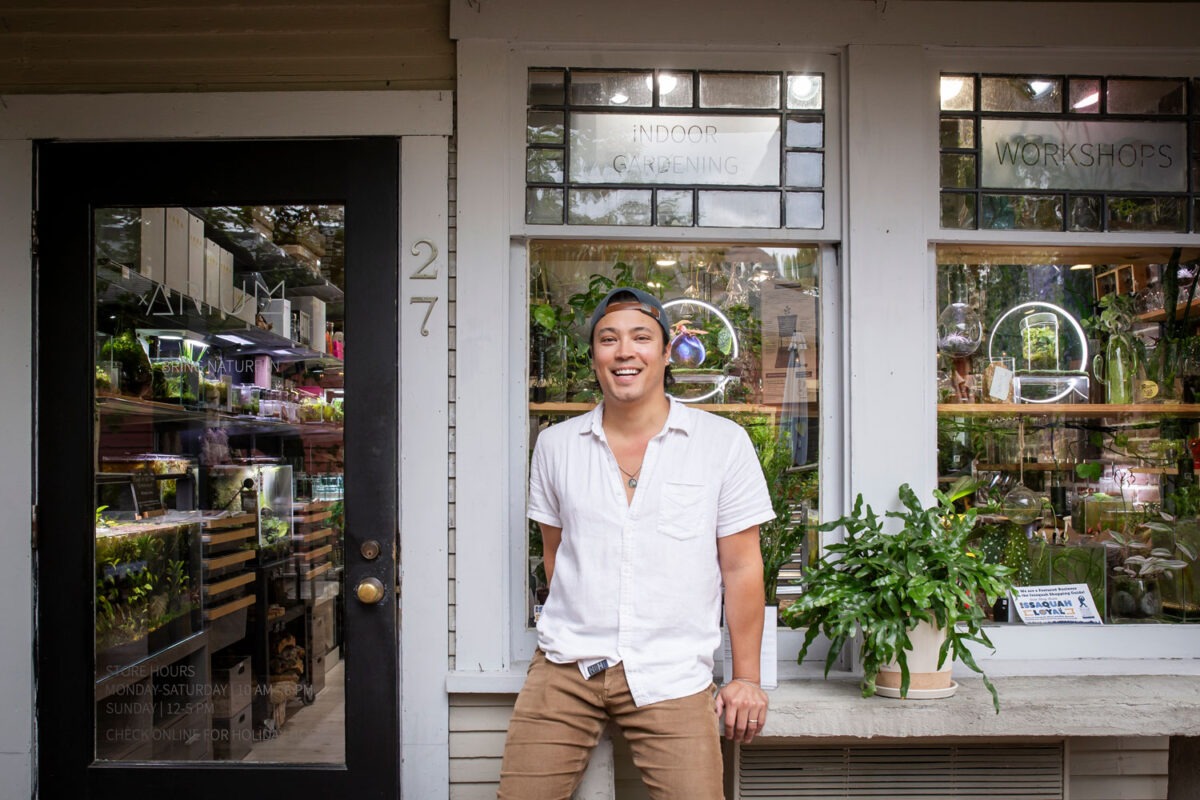By Douglas Esser
Some students on a growing University of Washington Bothell and Cascadia College campus wish for more places to eat and congregate. Neighbors, even college supporters, are concerned about traffic and parking. Planners are weighing such interests as they decide what the campus will look like in 20 years and beyond.
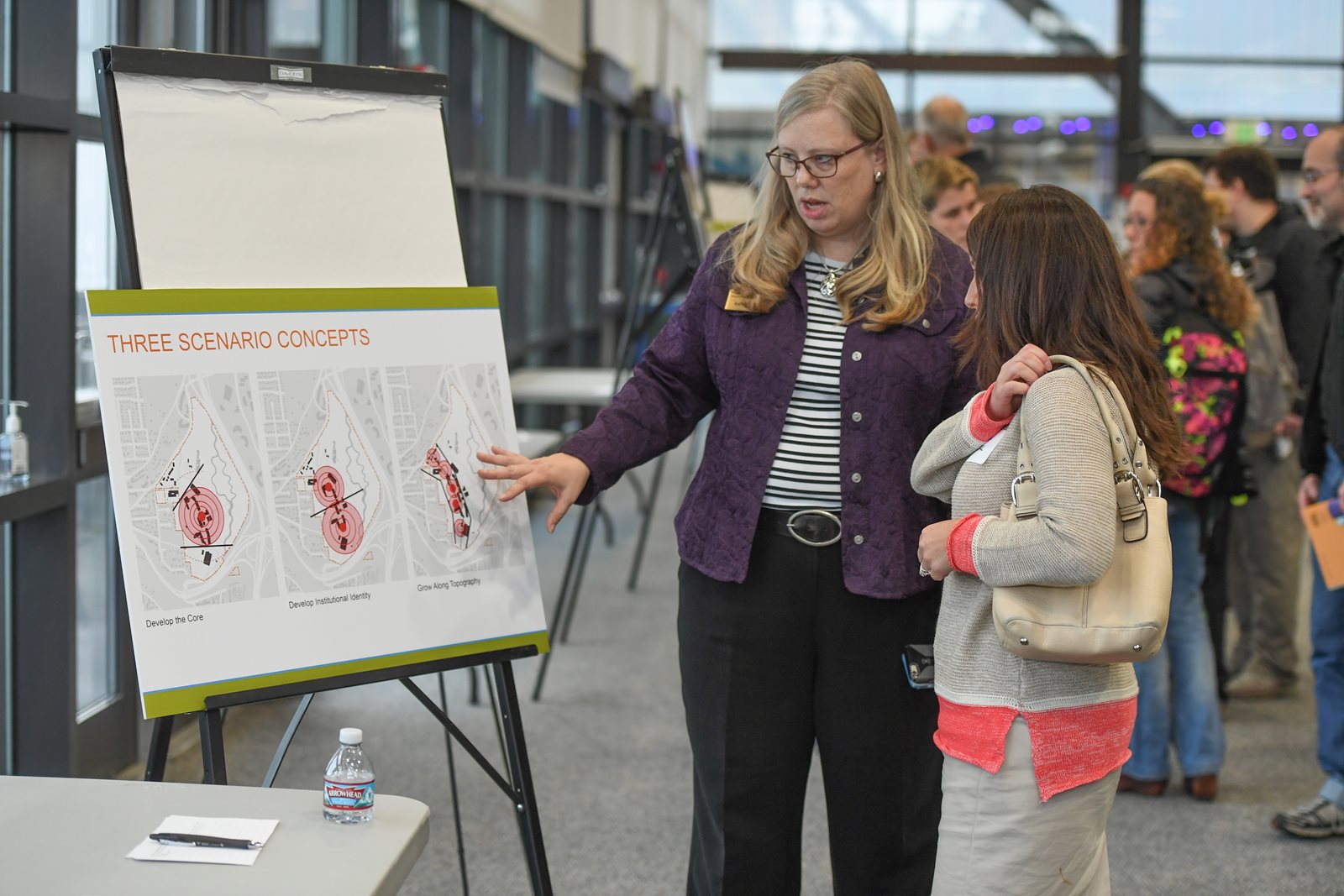
More than 100 people from the Bothell community and the UW Bothell and Cascadia College campus took an opportunity Monday afternoon to look at the options and comment on a campus master plan at the North Creek Events Center.
The public open house on the scope of an environmental impact statement (EIS) was hosted by the UW Bothell-Cascadia College partnership. It was a milestone in a yearlong comprehensive planning process that began in June.
“How will this affect the student quality of life?” wondered Tai Yang, the government affairs director for the Associated Students of the University of Washington Bothell.
Students want a place to congregate and have a college experience, says Yang. Part of that is having food on campus to encourage students to stay, which correlates with improved student performance.
“We want a strong community as students but we need a reason to stay. The community flourishes from that,” she said.
Gordon Loewen, a retired civil engineering designer, has been a 30-year neighbor of the property. He recalls when Richard Truly would take off and land a small plane from a patch of grass on his farm. And the biggest intrusion was when some of Truly’s cows wondered across neighbor lawns, leaving hoof prints in the soggy sod.
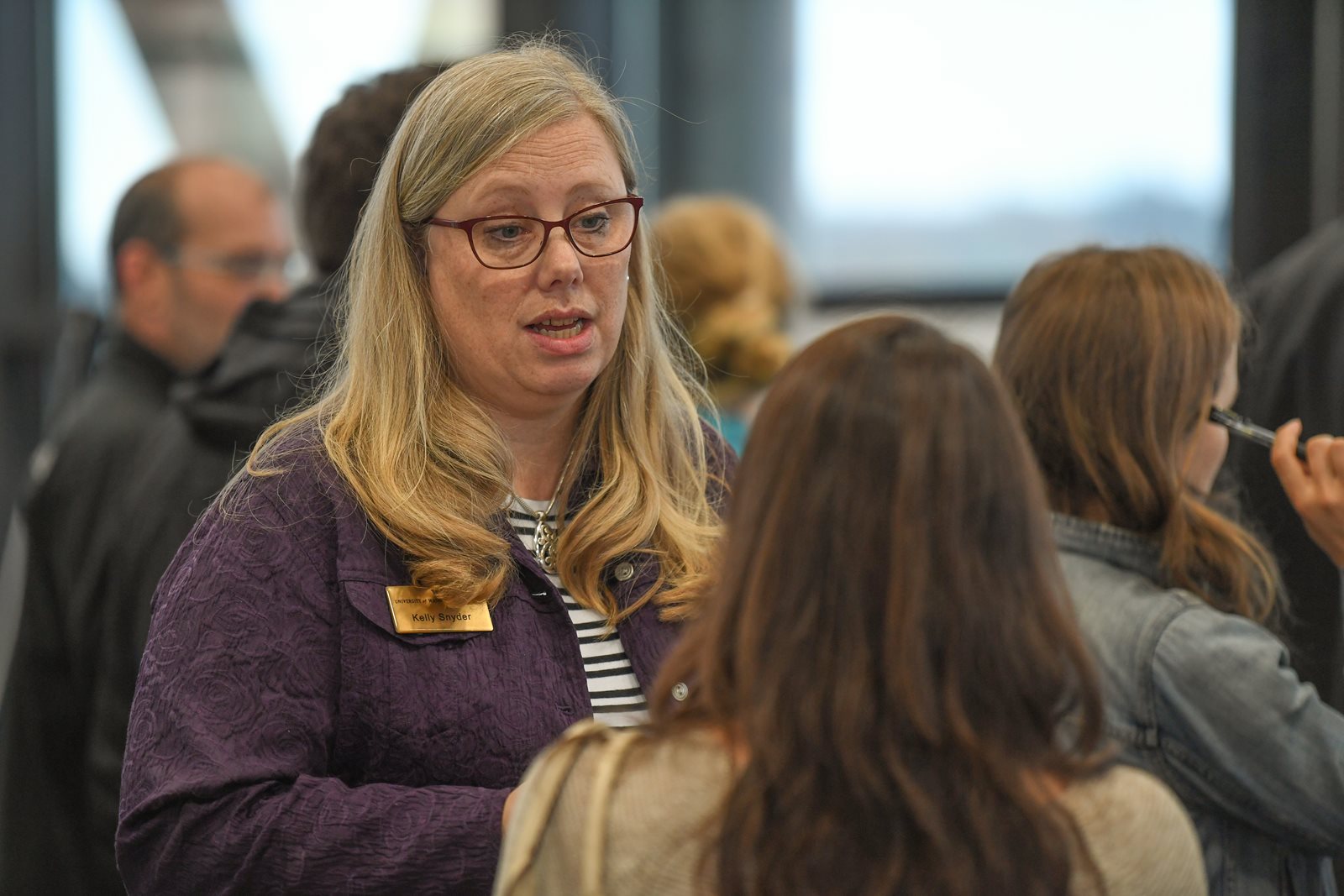
A supporter of UW Bothell and Cascadia College, Loewen also says, “I don’t know how much more traffic Beardslee can handle.”
He realizes there’s a trade-off with growth.
“You’ve got to balance convenience against that opportunity that’s being created,” Loewen said.
The gathering provided ideas to build on, said Kelly Snyder, above right, assistant vice chancellor of government and community relations. The University is working with interested parties while it continues to serve the public through innovation and student success.
“The master plan process has presented an opportunity for our two institutions to work together in developing a shared vision for the future of our campus,” said Meagan Walker, left, Cascadia vice president of college relations and advancement.
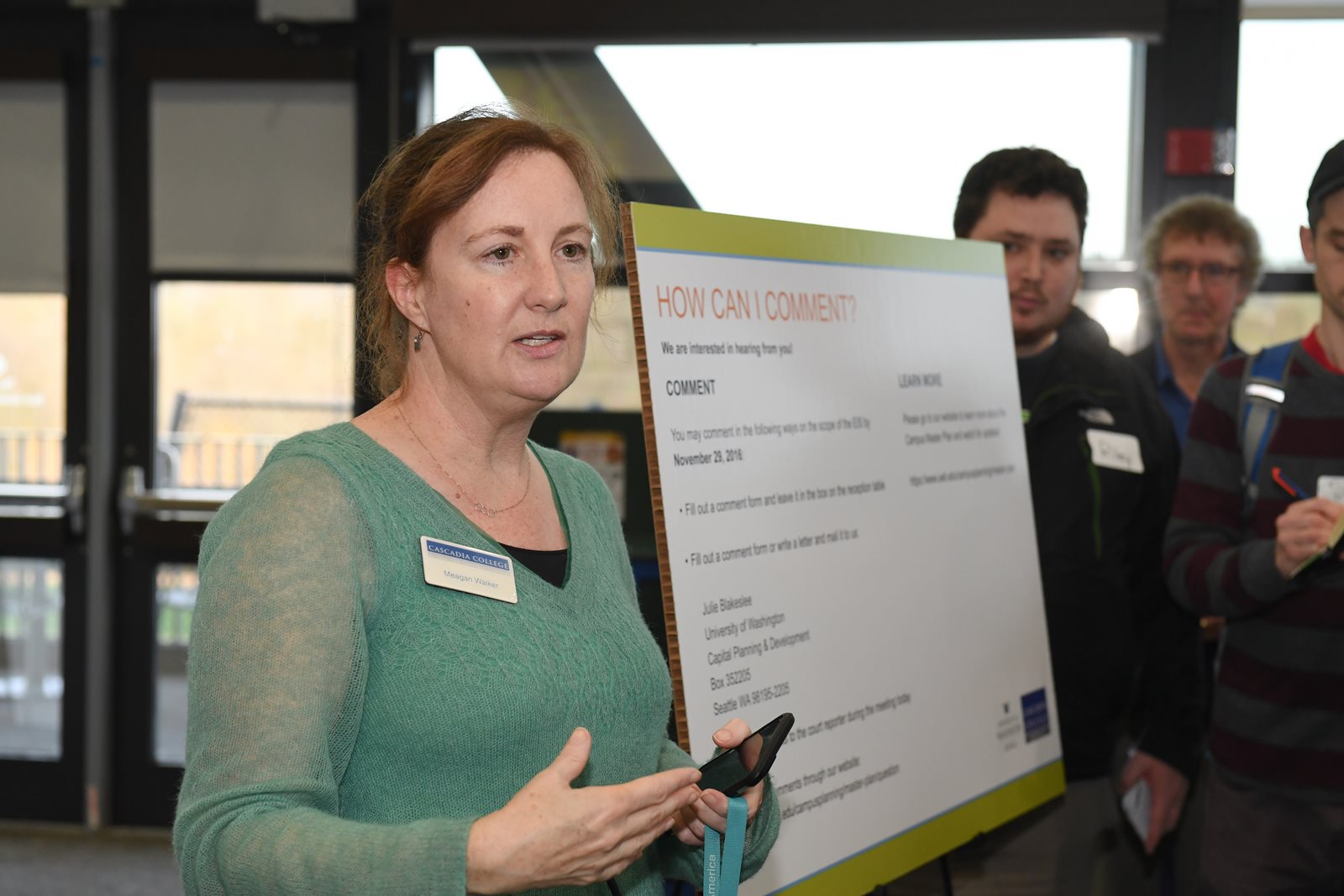
One chart showed three scenarios for growth: one around developing the existing core, a second focusing on distinct UW Bothell and Cascadia identities, and a third following the site’s hillside topography. Guiding principles include building a cohesive campus with durable facilities, integration with the city, enriching experience and enhancing the environment.
The maps, charts and documents provided information on the environment, population, housing, transportation, parking and public services. Comment sheets recorded feedback on the preliminary findings and variables.
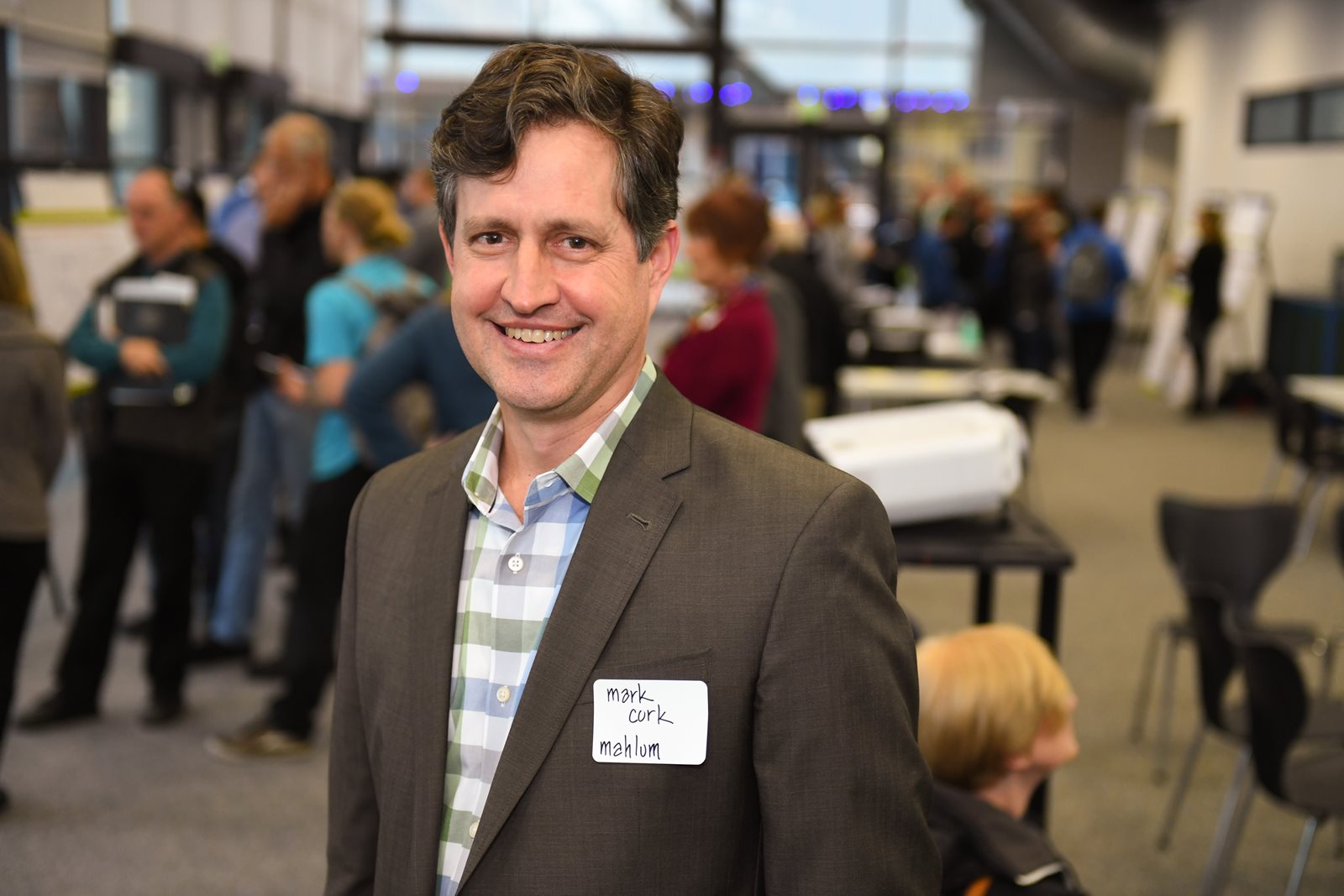
“The feedback will guide where we take the direction of the campus,” said Mark Cork, right, a planning consultant with Mahlum architects of Seattle.
(Marc Studer photos)
The comment period for this stage of the process closes Nov. 29. Further information on the campus master planning process is available online.

